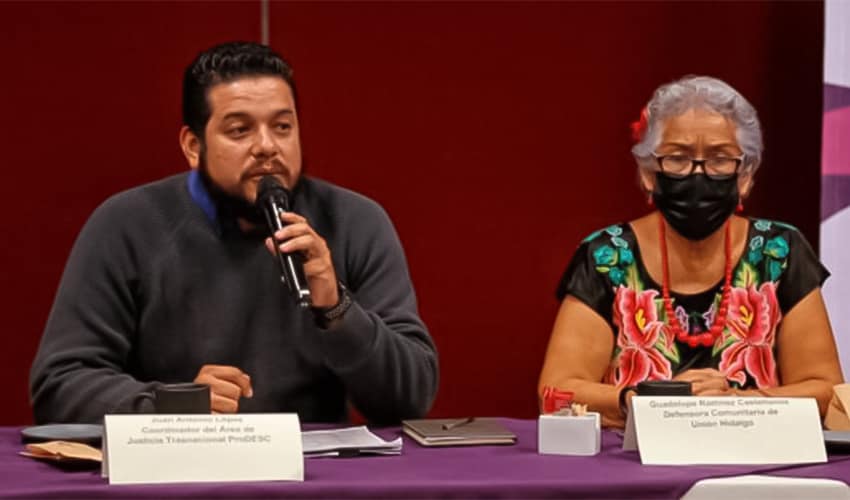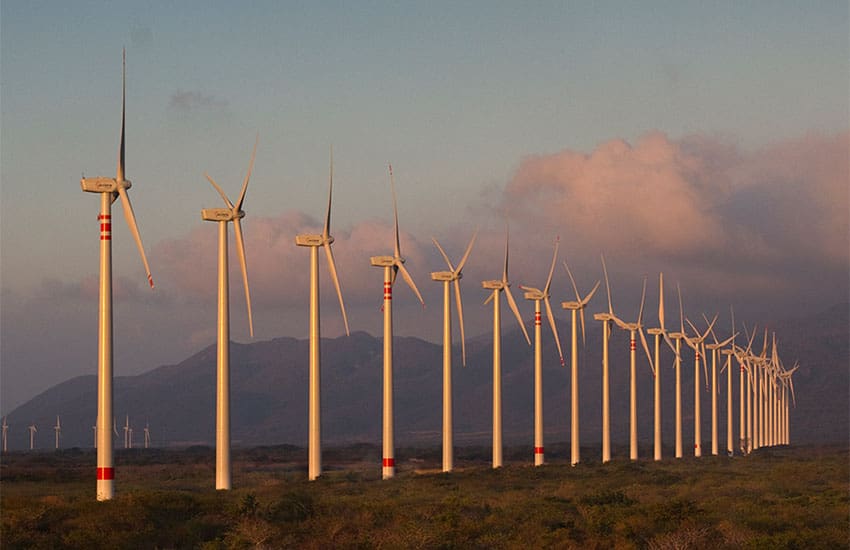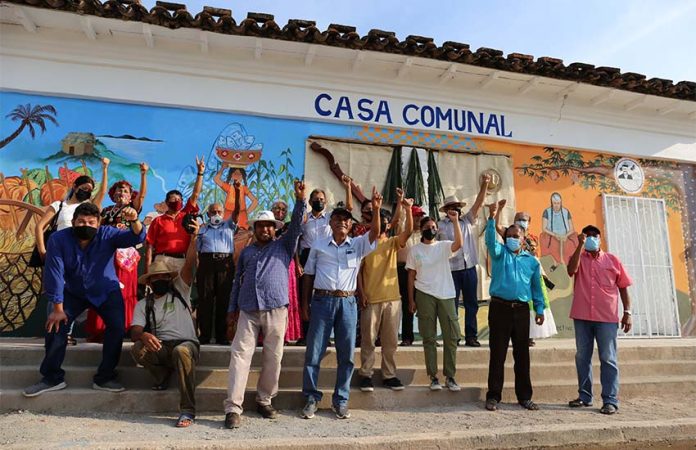The Unitary Agrarian Court, located in Tuxtepec, Oaxaca, ordered the company Mexican Wind Developments (Demex) to vacate and return part of the land used for its Piedra Larga wind farm to the Unión Hidalgo Zapotec community. The ruling, made on November 15, rendered the company’s land lease contracts null. It will now have to remove its wind farm from the communal lands.
In its decision, the court recognized the communal and agrarian nature of the land, claiming that Demex improperly rented it as private property. Demex is a subsidiary of the Spanish energy firm Renovalia.
This is the second time a judge has ruled against Demex in favor of the Zapotec community. The first ruling, made in September, annulled 11 individual land lease contracts with the company.
In June, the Federal Electricity Commission (CFE) canceled contracts permitting the French energy company Électricité de France (EDF) to supply wind energy, making the construction of its wind farm in Oaxaca unviable.

The Unión Hidalgo community, with the support of ProDESC, a nonprofit human rights defense association, has been fighting dispossession by Demex for over nine years. Beginning in 2006, company representatives went to the Unión Hidalgo community to convince members to rent their lands for the installation of the wind farm.
While individual owners signed contracts, there were complaints that community members were not given information in their native Zapotec language. They also did not receive any information about the possible environmental and social impacts.
ProDESC coordinator Juan Antonio López hailed the court’s decision as a major victory, stating that it not only directly benefits the Unión Hidalgo community, but Mexico’s entire Indigenous population.
“It sets the precedent for any community member, in the future, to declare the nullity of contracts that have been authorized by individuals and not by agreement of a General Assembly of Community Members,” López said when announcing the victory.

The Unión Hidalgo Zapotec community is located on the Isthmus of Tehuantepec, Mexico’s narrowest point between the Pacific and Gulf of Mexico. The isthmus, which crosses through Oaxaca and Veracruz, has long been strategic for development projects. It is also the region with the greatest potential for wind energy.
One of President López Obrador’s priority projects is to develop the isthmus as a trade corridor, with the construction of 10 industrial parks, a trans-isthmus highway, and modernization of the railroad linking both coasts. He argues that it will encourage economic and social development in the region.
However, Indigenous communities and human rights organizations, among others, oppose the project on the grounds that it will cause environmental damage and adversely impact local communities’ way of life.
Development projects in the region have historically faced major barriers, with more US$15 billion in investment having been lost over the last 35 years, primarily due to local resistance.
With reports by El Universal
